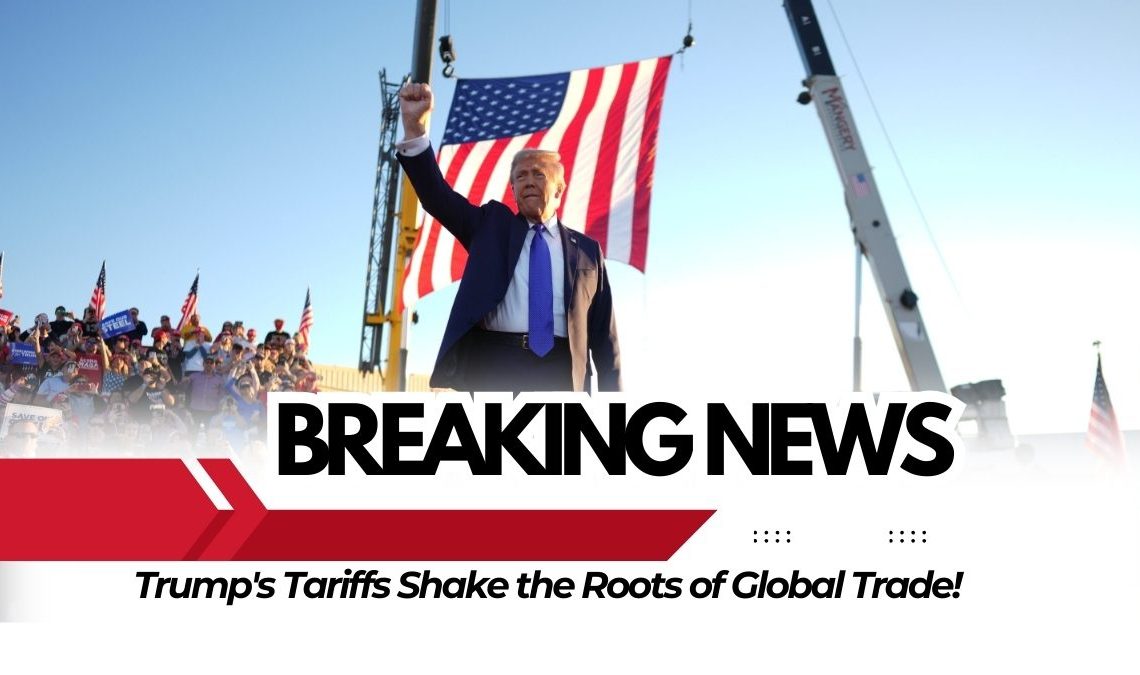
President Donald Trump’s tariffs have influenced the global economy and the United States. Slapped on about $380 billion worth of goods, the tariffs were meant to help defend US industries and the trade deficit. Trump tariffs’ impacts have gone to the roots physiologically, environmentally, and socially.
Table of Contents
Trump vows new tariffs that threaten global trade. Know them in detail:
Section 232 Tariffs
1. Steel and Aluminum Tariffs: In March 2018, Trump announced that 25% of steel and 10% of aluminum duties were to protect national security. These tariffs included imports from most countries, including Canada, Mexico, China, and the European Union.
2. Exemptions and Retaliation: A few nations, Canada and Mexico included, were exempt from the tariffs in the first place. However, when the US imposed these tariffs, these countries responded by imposing tariffs on US goods.
Section 301 Tariffs
1. China Tariffs: Trump set tariffs on about 390 billion dollars worth of Chinese products to counter the trade practices. It started with several stages coupled with tariffs varying from 7.5/ to 25%.
2. Product Coverage: The tariffs affected almost all categories of Chinese products, such as electronics, machinery, furniture, and textiles.
Section 201 Tariffs
1. Solar Panels and Washing Machines: President Trump, in January 2018, had placed tariffs on imported solar panels and washing machines. The two tariffs included the module tariff of 30 US dollars per DC Watt for solar panels and the component tariff of 20 US dollars per DC Watt for washing machines, which decreased over time.
Impact of Trump’s Tariffs
Economic Impact
1. Increased Costs: These tariffs forced US businesses and consumers to pay more for imported products.
2. Inflation: The tariffs led to inflation since producers transferred the cost to the consumers in this case.
3. GDP and Employment: The result indicated that the tariffs are apologetic to the standards of both US GDP and the employment sector as it was estimated that the GDP decline had reached 0.2%, and 142,000 full-time equivalent posts were lost.
Trade Impact
1. Retaliation: The tariffs were reciprocated by the target countries thus developing a trade war around the world.
2. Trade Deficit: However, trade deficit remained a sore issue in America since it expanded further by American purchaser and corporations modified their consumption pattern due to tariffs.
Industry Impact
1. Agriculture: However, the tariffs also had consequences on the United States and its agriculture sector, because countries such as China, Canada, and Mexico sought to punish the US by imposing tariffs on crops that the US is exporting.
2. Manufacturing: Tariffs as an instrument influenced the US manufacturing sector especially the industries of steel, aluminum, and automotive.
3. Technology: Some effects of the tariffs were felt in the US technology industry as players such as Apple and Intel saw their costs of imported parts surge.
Conclusion
One of the biggest effects of Trump’s tariffs has been felt through global trade, the US economy as well as the business people and consumers in the US. The tariffs aimed at supporting American companies and restricting imports however have resulted in cost rise, inflation, and trade wars.
In this regard, as the global trade dynamic changes, it is crucial to pay much attention to the effects of tariffs and changes on trade relations.

